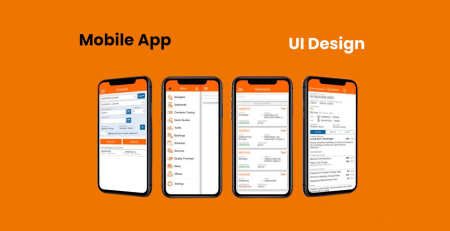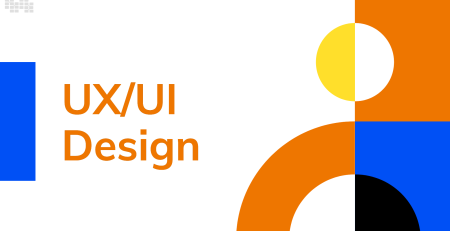UI/UX Design 101: A Comprehensive Guide for Beginners
Welcome to UI/UX Design 101, a thorough tutorial written for beginners exploring the exciting world of user interface (UI) and user experience (UX) design. We will go into the fundamental ideas, best practices, and key tools that will start you on the way to becoming a professional UI/UX designer in this tutorial. This tutorial will provide you with the core information needed to build excellent user experiences, whether you’re a student, a career transition, or simply inquisitive about design. Let’s get started!
- Understanding UI and UX Design:
- Defining UI and UX: Differentiating between the two disciplines and understanding their roles in creating engaging digital products.
- The Importance of UI/UX Design: Exploring the impact of effective design on user satisfaction, business success, and customer loyalty.
- Key Differences: Unveiling the distinctions between UI and UX design processes, skill sets, and goals.
- UI Design Fundamentals:
- Visual Elements: Exploring the role of colors, typography, imagery, and layout in creating visually appealing and cohesive interfaces.
- UI Components: Understanding common interface elements such as buttons, forms, menus, and their design considerations.
- Grid Systems: Leveraging grids to establish visual hierarchy and maintain consistency across different screen sizes.
- UX Design Principles:
- User-Centered Design: Placing users at the heart of the design process and understanding their needs, goals, and behaviors.
- Information Architecture: Organizing content, creating intuitive navigation systems, and ensuring easy access to relevant information.
- Interaction Design: Designing meaningful interactions and user flows to guide users through their journey.
- Usability and Accessibility: Prioritizing usability and inclusivity by designing intuitive interfaces and considering diverse user needs.
- Wireframing and Prototyping:
- Sketching and Wireframing: Translating ideas into visual representations and creating low-fidelity mockups.
- Prototyping Tools: Exploring popular tools for creating interactive prototypes to visualize and validate design concepts.
- Usability Testing: Conducting user tests to gather feedback and refine designs based on real user interactions.
- Collaboration with Developers:
- Collaborative Workflows: Fostering effective communication and collaboration between UI/UX designers and developers.
- Design Handoff: Preparing design assets, specifications, and guidelines for seamless implementation.
- Iterative Process: Embracing feedback loops and continuous improvement in collaboration with development teams.
- Tools of the Trade:
- UI/UX Design Software: Overview of popular design tools such as Adobe XD, Sketch, Figma, and InVision.
- Design Asset Management: Organizing and sharing design assets efficiently using cloud-based collaboration platforms.
- Further Learning and Resources:
- Online Courses and Tutorials: Exploring reputable online platforms offering UI/UX design courses for beginners.
- Design Communities and Blogs: Joining design communities, attending meetups, and following influential design blogs to stay updated and inspired.
- Books and Publications: Recommending essential books and publications to deepen your knowledge and understanding of UI/UX design.
Conclusion
Congratulations on completing this comprehensive guide to UI/UX Design 101 for beginners. By understanding the principles, processes, and tools discussed in this guide, you are now equipped to embark on your journey as a UI/UX designer. Remember, practice, curiosity, and a user-centric mindset are key to continuously refining your skills. As you continue to learn and grow, be open to embracing new design trends and emerging technologies. UI/UX design is an exciting and ever-evolving field, and your contributions can make a significant impact on creating delightful and meaningful experiences for users worldwide. Happy designing!










Leave a Reply